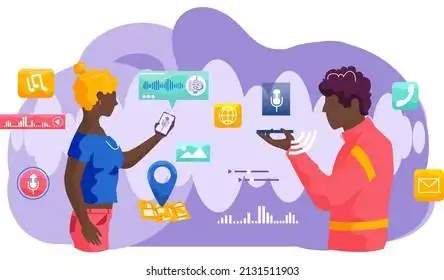IECT stands for Information, Education, Communication, and Technology. It’s a framework that integrates these elements to promote social change, development, and awareness. Here are some applications of IECT across various sectors:
- Healthcare: IECT can be used to disseminate information about health, disease prevention, hygiene practices, and nutrition. It can also facilitate telemedicine, where medical advice and consultation are provided remotely using technology.
- Education: In education, IECT can enhance learning by providing access to educational resources, online courses, and interactive learning platforms. It can also support distance learning programs, especially in remote areas.
- Agriculture: IECT can help farmers access information about weather forecasts, market prices, farming techniques, and crop management practices. It can also provide platforms for farmers to connect with experts and share knowledge.
- Environment: IECT can raise awareness about environmental issues, conservation efforts, and sustainable practices. It can also facilitate the monitoring and management of natural resources through technologies like remote sensing and geographic information systems (GIS).
- Governance: IECT can improve governance by promoting transparency, accountability, and citizen participation. It can facilitate e-governance initiatives such as online service delivery, digital identity systems, and electronic voting.
- Disaster Management: IECT can play a crucial role in disaster preparedness, response, and recovery. It can be used for early warning systems, emergency communication, coordination of relief efforts, and post-disaster assessments.
- Women Empowerment: IECT can empower women by providing access to information, education, and opportunities. It can support initiatives like digital literacy programs, entrepreneurship training, and online platforms for networking and advocacy.
- Rural Development: IECT can contribute to rural development by bridging the digital divide and providing access to services like banking, education, healthcare, and market information. It can also promote entrepreneurship and income-generating activities.
- Social Welfare: IECT can assist in the delivery of social welfare services such as welfare programs, healthcare subsidies, and pension schemes. It can streamline the distribution of benefits, reduce administrative costs, and improve transparency.
- Crisis Communication: During emergencies or crises, IECT can be used for rapid dissemination of information, coordination of response efforts, and mobilization of resources. It can help authorities reach affected populations and provide timely updates and instructions.
These are just a few examples of how IECT can be applied across various sectors to promote development, awareness, and social change.
